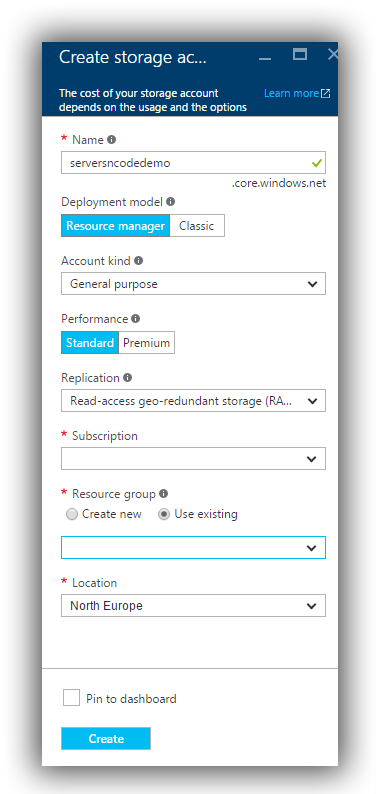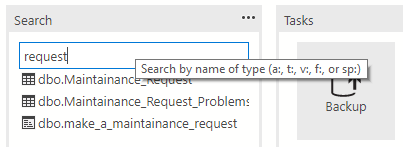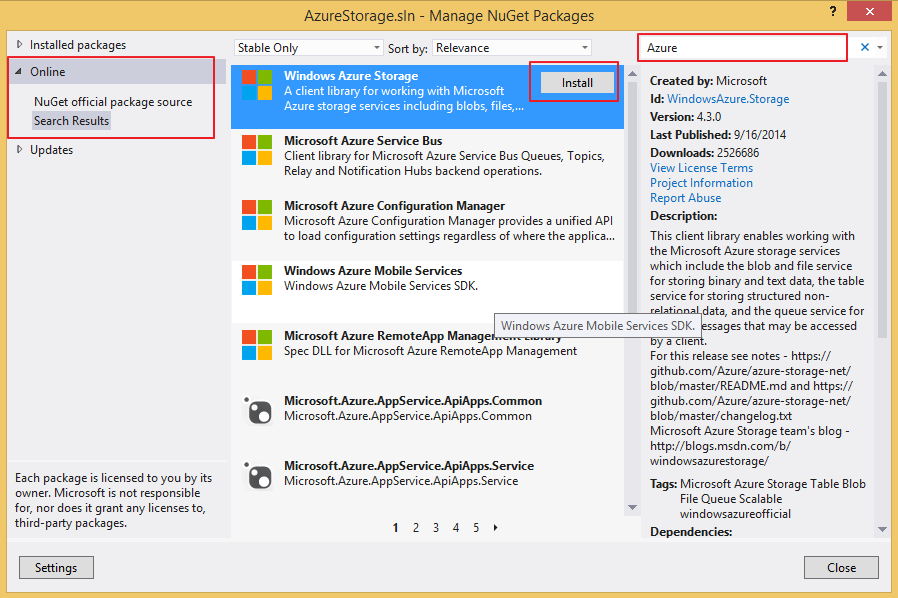

You will now see the filtered list of pipeline runs with that annotation: Once you publish and rerun your pipeline, you will now see the annotation icons under pipeline runs:Ĭlick on one of the annotation icons to view the annotation value:Ĭlick on the annotation filter button and select an annotation to filter on: Remember to publish your changes :) How do I use annotations?

All I recommend is that you’re consistent :) How do I add annotations?įor pipelines and datasets: In the properties pane, under general settings, click + new annotation, then add the annotation value:įor linked services and triggers: In the configuration pane, click + add annotation, then add the annotation value: Maybe you want to filter on the different logical steps of your solution, so you add the tags extract and transform? Perhaps ingest and prepare? Or maybe you want to tag resources with a business unit or a project name? It’s entirely up to you. You need to figure out what kind of annotations make sense to you. By adding annotations, you can easily filter and search for specific factory resources. How do we do that? AnnotationsĪnnotations are additional, informative tags that you can add to specific factory resources: pipelines, datasets, linked services, and triggers. Right now, the list is blank, because we haven’t added any annotations. Because things change often in Azure 😅Īnyway! What I really want to show is that under pipeline runs, you can filter on annotations: I don’t know if this is because they are in the middle of revamping the user interface or if it’s a result of gradually adding new features that are more modern 🤷🏼♀️ What I do know is that a) I need to keep checking back to see if I have to change my post and screen shots, and b) you need to get comfortable adapting to change. Under trigger runs, you can click the edit columns button:Īnd then add, remove, and reorder columns in the edit columns pane:īut under pipeline runs, you have to right-click on a column header to choose the columns you want to display: However… it’s not very consistent at the moment. We saw that we could change filters and switch between list and Gantt views, but it’s possible to tweak the interface even more to our liking.
#Azure data studio filter tables how to
In the previous post, we mainly looked at how to configure the monitoring and alerting features.

In this post, we will add both annotations and custom properties.īut before we do that, let’s look at a few more ways to customize the monitoring views. But what if we want to customize the monitoring views even further? There are a few ways to do that in Azure Data Factory.

In the previous post, we looked at how monitoring and alerting works. In the 15 of 26 in Beginner's Guide to Azure Data Factory If the pop-up says Replace in Settings, don't click it! Go to the USER SETTINGS column to the right and locate the section and advance to the next step. If there is no in the USER SETTINGS section, hover over the text in the DEFAULT SETTINGS column and click the gear icon that appears to the left of the text and click Copy as Setting JSON. To customize the settings, you need to edit the entry in the USER SETTINGS section. Type dashboard in Settings Search input box and locate. Type settings in the search box and select Preferences: Open User Settings. Open User Settings by pressing Ctrl+Shift+P to open the Command Palette. Turn on a management insight on Azure Data Studio's database dashboardĪzure Data Studio has a built-in sample widget to monitor the space used by tables in a database.


 0 kommentar(er)
0 kommentar(er)
